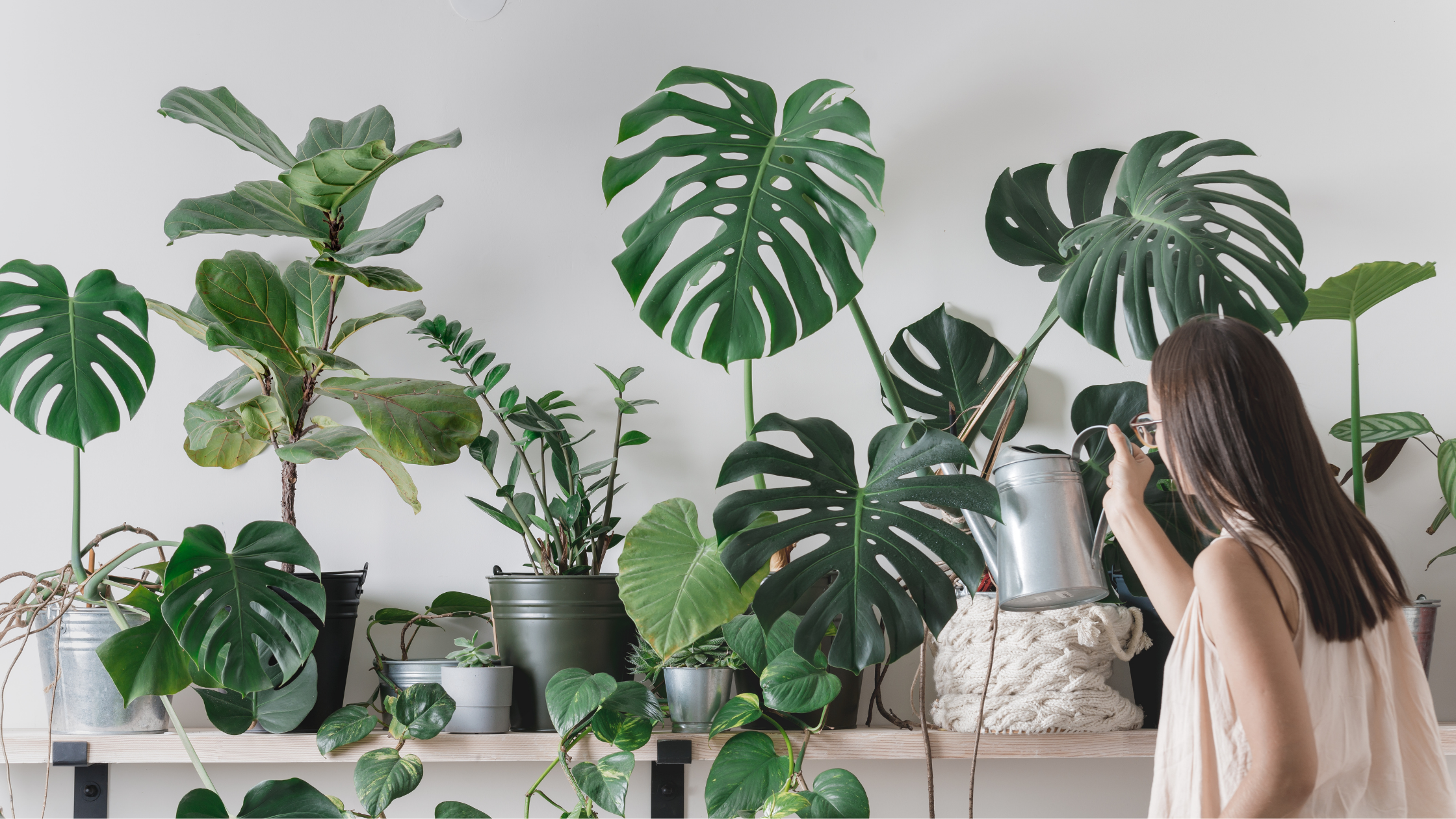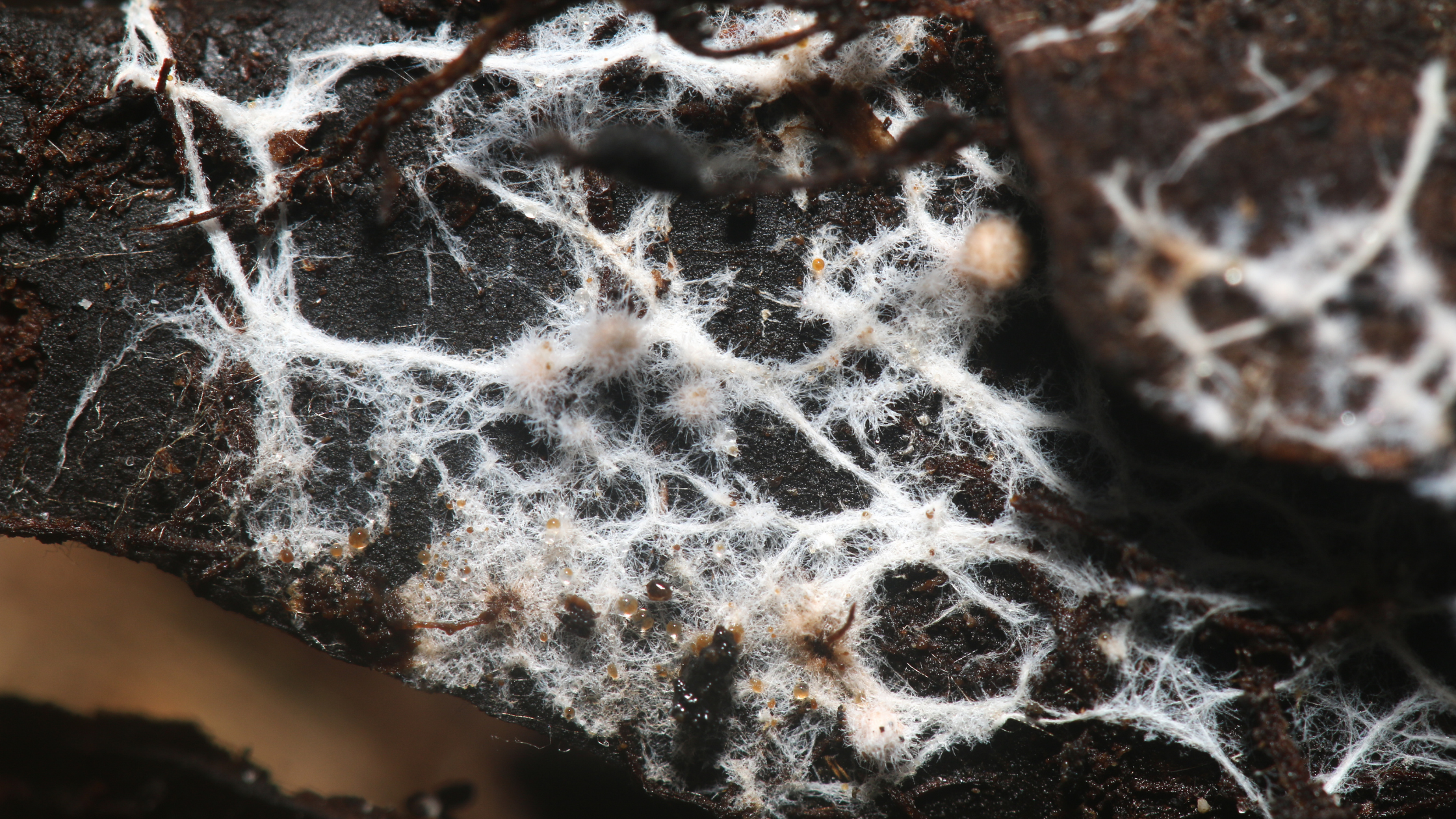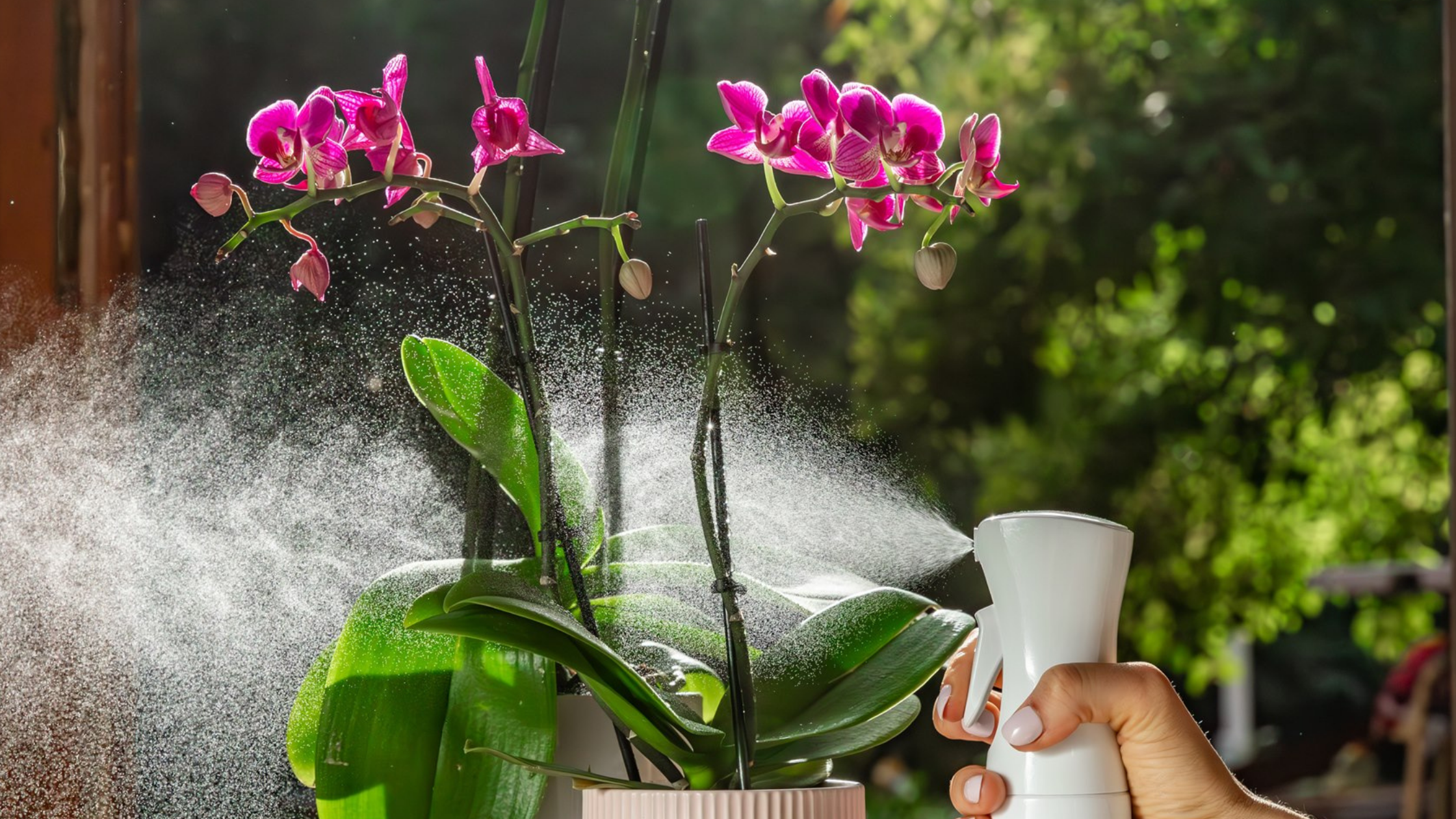
Houseplant Fertilizer 101: Everything You Need to Know for Thriving Indoor Plants
Ever noticed how some plant parents seem to have the magic touch? Their plants are lush, vibrant, and practically glowing. Proper fertilization is often the secret to transforming a struggling plant into a thriving beauty with minimal effort.
In this guide, we'll cover everything you need to know about feeding your houseplants - including how our Leafy Plant Food simplifies the process with its balanced formula and added mycorrhizal fungi.
Table of Contents
- Understanding Plant Nutrition
- Types of Houseplant Fertilizer (and which is best)
- Why Leafy is the Best Houseplant Fertilizer
- Best Practices for Fertilizing Houseplants
- FAQ about Houseplant Fertilizers

Understanding Houseplant Nutrition
Just like humans need a balanced diet, plants need nutrients — and a quality houseplant fertilizer — to flourish too. Your plants might survive without them, but they certainly won't thrive. Yellowing leaves, stunted growth, and lackluster color are all signs your plant may be craving a houseplant fertilizer boost.
Macronutrients: The big three (NPK)
If you've ever looked at a fertilizer label, you've seen those three numbers (like 14-4-9). These represent the trio of nutrients plants need in larger quantities:
- Nitrogen (N): Essential for building new cells and leaves, nitrogen largely gives plants their lush green foliage and vigorous growth.
- Phosphorus (P): Supports root development and flower production.
- Potassium (K): Enhances overall plant health, strengthens resistance to diseases, and aids in water regulation.
Want to nerd out about NPK? Check out our deep dive into Understanding Fertilizer NPK.
Micronutrients: The supporting cast
While they don't get top billing, micronutrients are the behind-the-scenes heroes of plant health. Iron, magnesium, manganese, zinc, and others play crucial roles in everything from chlorophyll production to enzyme reactions. Without them, even with plenty of NPK, your plants might still struggle.
Beneficial microbes: The tiny helpers
Good bacteria and fungi are like probiotics for your plant's soil. They break down nutrients, fight off harmful organisms, and help your plant's roots absorb more goodness from less fertilizer.
One standout group is mycorrhizal fungi – they form partnerships with plant roots, extending their reach and drastically improving nutrient absorption. Learn more in our Guide to Mycorrhizal Fungi for Houseplants.

Types of Houseplant Fertilizer (and Which Is Best)
Walking down the garden center aisle or scrolling online, choosing houseplant fertilizer can be overwhelming with all the fertilizer options. Let's break it down to the benefits and downsides of the different types:
Liquid fertilizer
- Pros: Fast-acting houseplant fertilizer with immediate nutrient availability.
- Cons: Potential for root burn if over-applied. These formulas are primarily water, so in most instances, you are paying for an extremely diluted product.
Granular/slow-release fertilizer
- Pros: Convenient with less frequent application needed; steady nutrient release over weeks or months; good for busy plant parents.
- Cons: Difficult to adjust strength once applied. Can create salt buildup over time.
Fertilizer spikes
- Pros: Convenient with minimal effort required; no measuring or mixing.
- Cons: Creates uneven nutrient distribution with potential hotspots; nutrients don't reach all roots; and there are limited formula options.
Foliar fertilizer
- Pros: Nutrients are absorbed directly through leaves bypassing soil issues. Ideal for plants with specialized needs like air plants.
- Cons: Only supplements rather than replaces soil fertilization for most plants; requires more frequent application; needs thorough coverage.
Our Misty Foliar Spray delivers nutrients directly through your plant’s leaves — ideal as a weekly supplement for humidity-loving species. It’s gentle, effective, and perfectly complements Leafy’s root-based nutrition.
Water-soluble powder
Our Leafy houseplant fertilizer dissolves completely without mixing and is gentle enough that we recommend using it every time you water—year-round.
- Pros: More economical than liquid concentrates - one bag makes 200 liters.
- Cons: Requires mixing for each use, but dissolves quickly and completely!
Organic vs. Synthetic Houseplant Fertilizers
Organic houseplant fertilizers build soil health, provide microbes, and are gentler on plants. However, they work more slowly with unpredictable nutrients and can be costly.
Synthetic fertilizers offer immediate, precise nutrition but risk root burn and don't improve soil structure.
We formulated Leafy to combine the best of both worlds. As a synthetic fertilizer, it delivers precise and reliable nutrition. Yet, with added mycorrhizal fungi, it also promotes soil health over time—bridging the gap between synthetic efficiency and organic benefits.
Can I Make My Own Houseplant Fertilizer?
If you’ve ever wondered whether you can make your own houseplant fertilizer, the answer is yes — but results can vary.
DIY fertilizer can be fun, budget-friendly, and good for the environment. Kitchen scraps, coffee grounds, and eggshells that might otherwise hit the trash can instead nourish your plants.
The catch? Homemade brews are a bit like cooking without a recipe – you're never quite sure of the nutrient content. They can be inconsistent with results, more time-consuming, and messy.
Still want to try your hand at homemade plant food? Check out our simple guides:
Why Leafy is the Best Houseplant Fertilizer
After exploring all the fertilizer options, you might still wonder which approach is best for your indoor garden. We created Leafy Plant Food, our signature houseplant fertilizer, to meet the unique nutrient needs of indoor plants.
- Perfect blend for indoor plants: Specialized 14-4-9 NPK ratio provides higher nitrogen for lush foliage while maintaining appropriate phosphorus and potassium levels.
- Water-soluble convenience - Unlike liquid fertilizers that are mostly water, Leafy is a concentrated powder that dissolves completely.
- Gentle yet effective formula - Safe enough to use with every watering, preventing nutrient spikes or deficiencies.
- Mycorrhizal fungi enhancement - Boosts nutrient absorption and root strength.
- User-friendly - Just 1/2 teaspoon per liter of water, no complicated schedules or stirring required.
Best Practices for Fertilizing Houseplants
For a complete feeding routine, pair Leafy (for soil nutrition) with Misty (for leaf absorption). Together, they keep your houseplants balanced, hydrated, and radiant year-round.
Fertilize your plants right, and they’ll thank you with lush growth, vibrant color, and overall better health.

 Ready to help your houseplants thrive? Feed roots with
Ready to help your houseplants thrive? Feed roots with 

Leave a comment
This site is protected by hCaptcha and the hCaptcha Privacy Policy and Terms of Service apply.